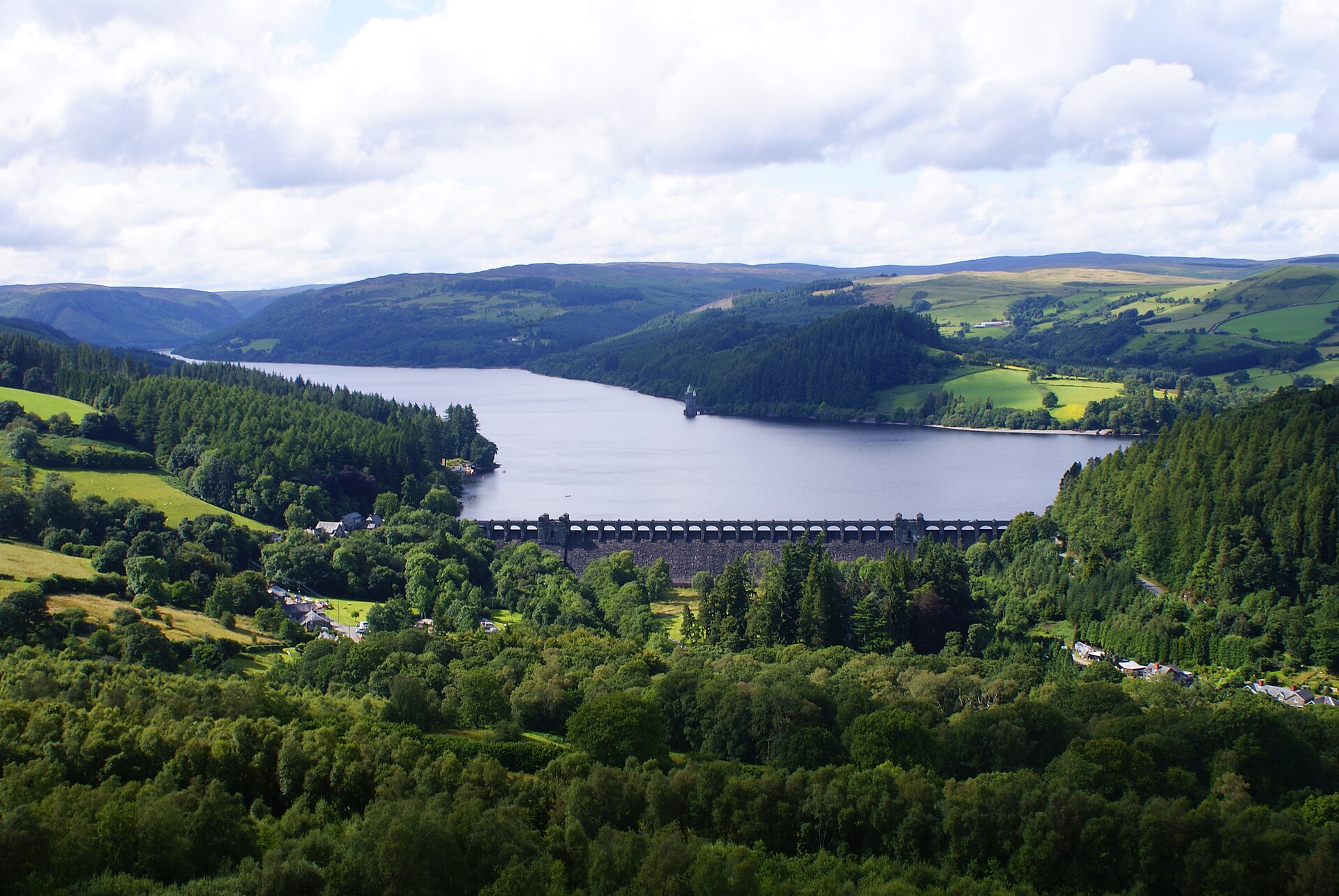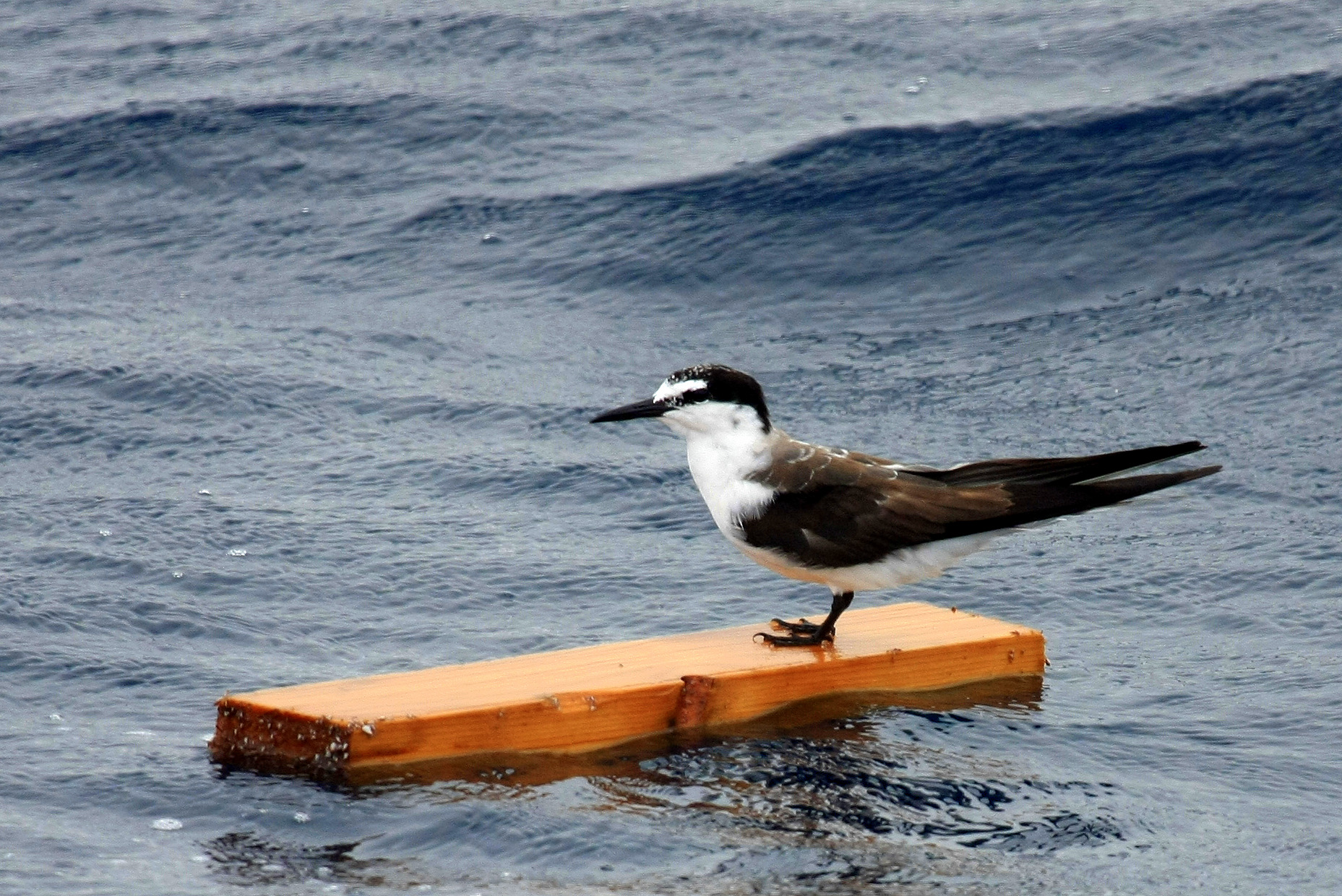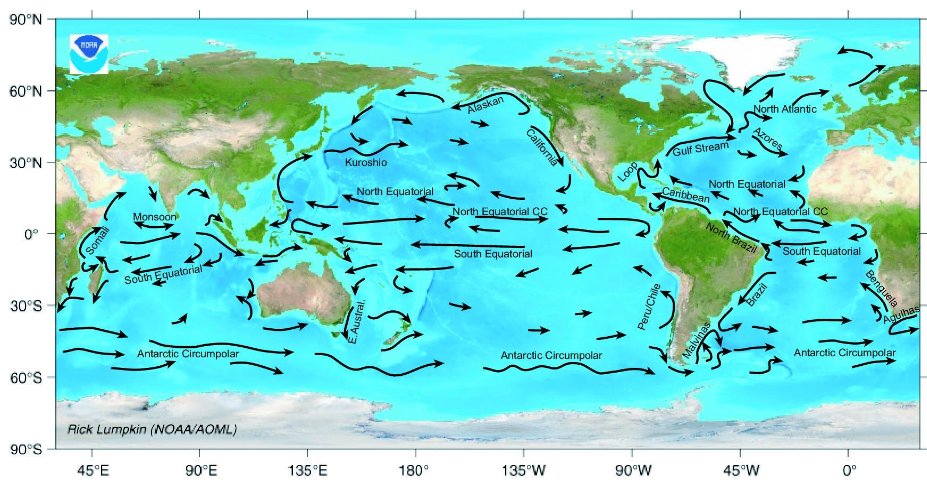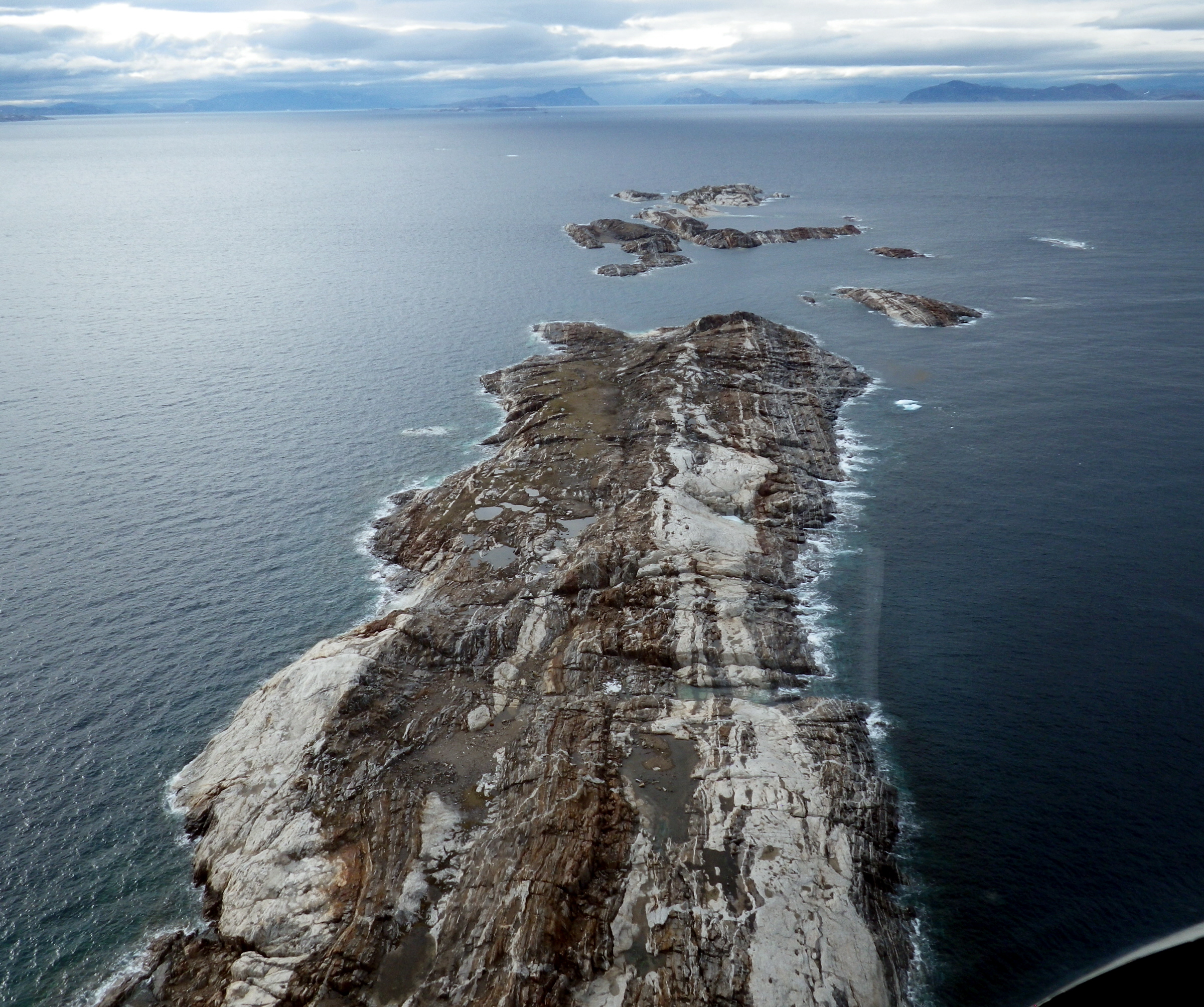 Reservoirs store water in reserve for our consumption.
Reservoirs store water in reserve for our consumption.Natural or anthropogenic lakes, storage ponds, or impoundments from damming are used as water reserves.
“We never know the worth of water till the well is dry.”The word reservoir is from the French réservoir meaning storehouse.
― Thomas Fuller (1608-1661)
Essential for Life
Water is essential for life on Earth. Water is a constituent of the fluids in all living organisms.
“Life in us is like the water in a river.”Water is abundant in parts of the world, yet more than 1.1 billion humans have no potable water. Fresh water reserves are unevenly distributed around the world.
― Henry David Thoreau
"We are living on the planet as if we have another one to go to.”Reservoirs in the Universe
― Terri Swearingen
 |
| Golden rings of star formation |
Water is produced as a byproduct of star formation.
The components of water molecules, hydrogen and oxygen, are among the most abundant elements found in the universe.
Astronomers have detected evidence of water on the Moon, Mars, Jupiter's moons, and in comets.
Water has also been detected in interstellar clouds in the Milky Way. It is hypothesized that water exists in abundance in galaxies beyond the Milky Way. A massive cloud of water vapor has been observed feeding a black hole in a galaxy 12 billion light-years away.
Exoplanets have been confirmed to hold water. Despite these findings, detecting the presence of water on planets outside our solar system might be rarer than previously assumed (cf., Hunt for Water on Earth-like Exoplanets More Challenging Than Previously Thought).
Yin and Yang
Opposing phenomena like abundance and scarcity seem strangely interconnected in nature. Although counter-intuitive the abundance and scarcity of water seems more inter-related than contrarian.
“Water is the driving force in nature.”Like yin and yang in Chinese philosophy, the abundance and scarcity of water seems to be complementary facets of an integrated phenomena we have yet to comprehend.
― Leonardo da Vinci
REFERENCES
- Black Hole Hosts Universe's Most Massive Water Cloud, by Andrew Fazekas, National Geographic News 27 JULY 2011.
- Exoplanet Confirmed to Hold Water, Low Amounts of It, by Osvaldo Nunez Design & Trend 25 July 2014.
- Hunt for Water on Earth-like Exoplanets More Challenging Than Previously Thought, by James Maynard, Tech Times 26 July 2014.
- Planet in Peril: Water Becoming a Rarity, GRID-Arendal.
- Reservoir, Wikipedia.
- Water, Wikipedia.



.JPG)
.jpg)




